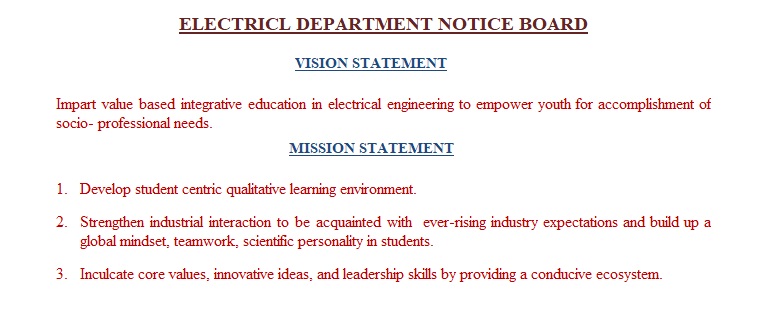SUB: POWER ELECTRONICS:1 BE (ELECT)-5 SEM QUESTION BANK
1. Explain Turn-On methods of a Thyristor.
2. Explain voltage rating of SCR.
3. Discuss construction, working & V-I characteristic of UJT.
5. Explain Power Transistor.
6. What is snubber circuit ? Why is it needed ? Draw such circuit for a SCR and give guidelines for selecting it’s components.
7. Explain single phase full wave converter with necessary waveform.
8. Explain steady state V-I characteristics of power BJT. Also discuss the second breakdown phenomenon in brief.
9. Draw & explain dynamic turn-on characteristics of SCR.
10. Explain two transistor analogy of an SCR.
11. Explain RC firing circuit for SCR. Draw output voltage waveform for firing angle equal to 90 degree.
12. What do you mean by commutation of SCR? Explain any one method in brief.
13. A relaxation oscillator using a UJT is to be designed for triggering an SCR. The UJT has the following data :Ip =0.6mA, Vp=18V, Vv=1V, Rbb=5KΩ, ɳ=0.72, C=0.04μF, firing frequency is 2KHz, normal leakage current with emitter open is 4.2mA. Compute the values of R, R1 & R2.
14. Write a short note on protection of SCR.
15. Explain the working of MOSFET.
16. Derive the expression for average output voltage, RMS output voltage for single phase half wave rectifier assuming purely resistive load. Draw necessary waveform.
17. Explain steady state V-I characteristics of power BJT. Also discuss the second breakdown phenomenon in brief.
18. List out the different protection is provided to SCR. Explain Crowbar protection circuit for SCR.
19. Explain a.c phase control of TRIAC using Diac.
20. Explain the three phase Half wave controlled rectifier with resistive load.
21. What do you mean by pulse width modulation? What are the advantages of pulse width modulation techniques? Explain sinusoidal pulse width modulation techniques.
22. Explain the working of step-down and step up chopper. Give the comparison between two.
23. What is the difference between Linear voltage regulator and Switch mode power supply? Explain the working of both regulators.
24. A single phase full converter, connected to 230V,50 Hz source, is feeding a load R=10Ω in series with a large inductance that makes the load current ripple free. For a firing angle of 45°,calculate the input and output performance of this converter.
25. What are the control strategies for chopper? Explain in brief.
26. Explain the operation of dual converter.
27. Explain regenerative braking control in DC machines using chopper circuit.
28. Derive the expression for average output voltage, RMS output voltage for single phase half wave rectifier assuming purely resistive load. Draw necessary waveform.
29. Explain RC firing circuit for SCR. Draw output voltage waveform for firing angle equal to 90o.
30. What do you mean by commutation of SCR? Explain any one method in brief.

No comments:
Post a Comment